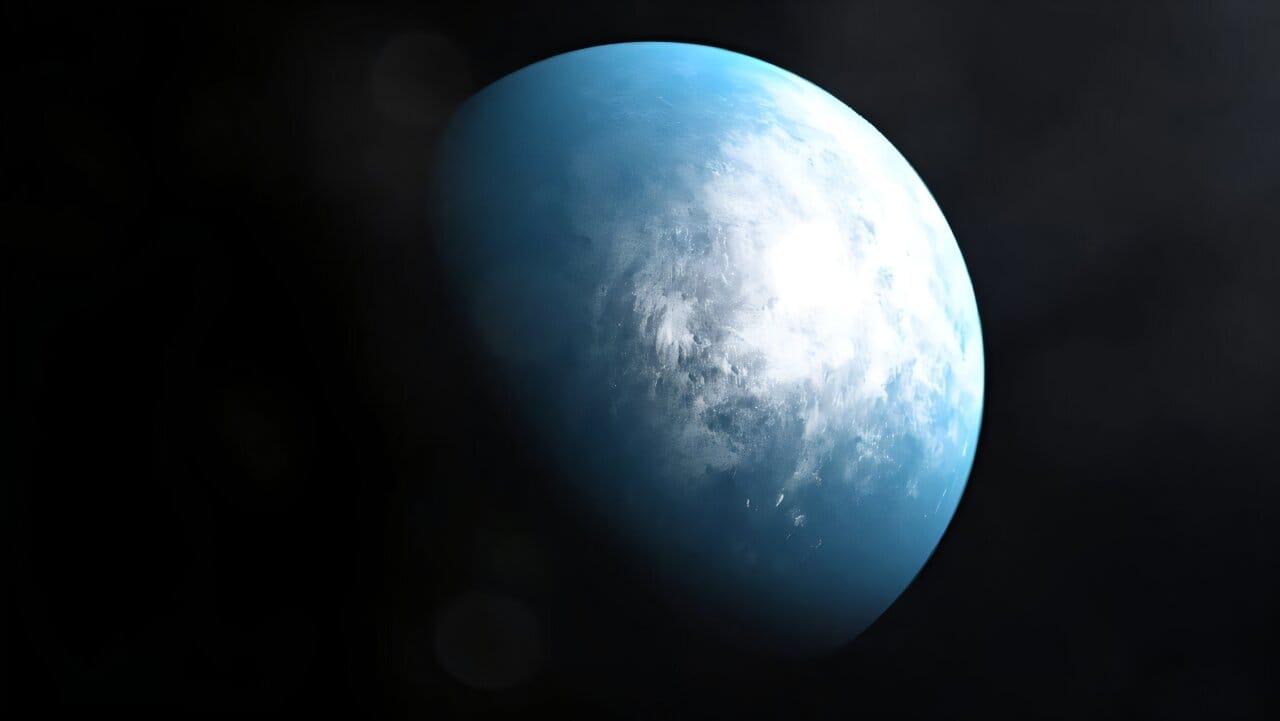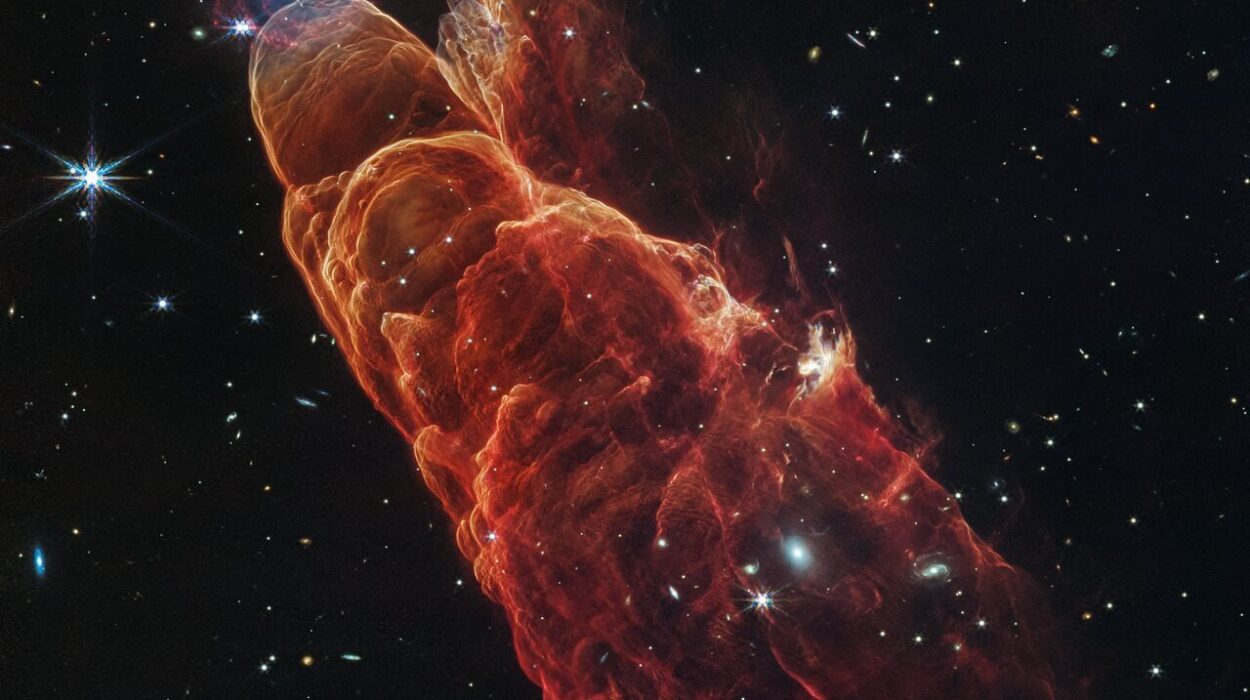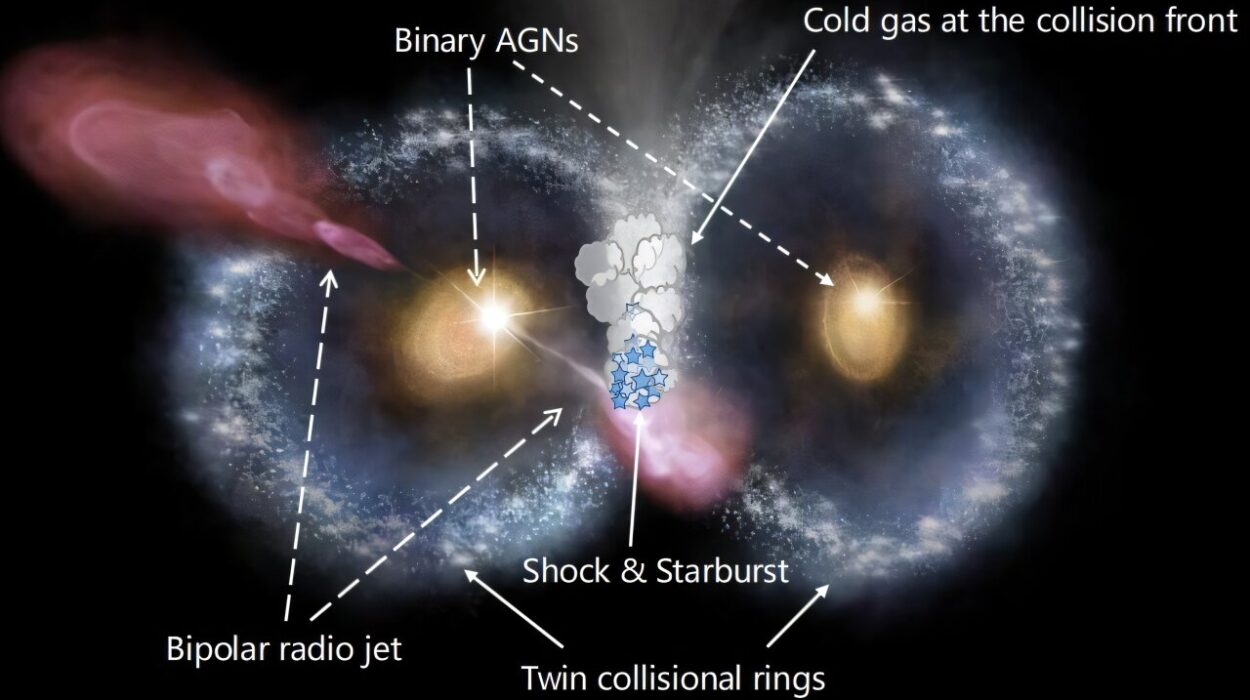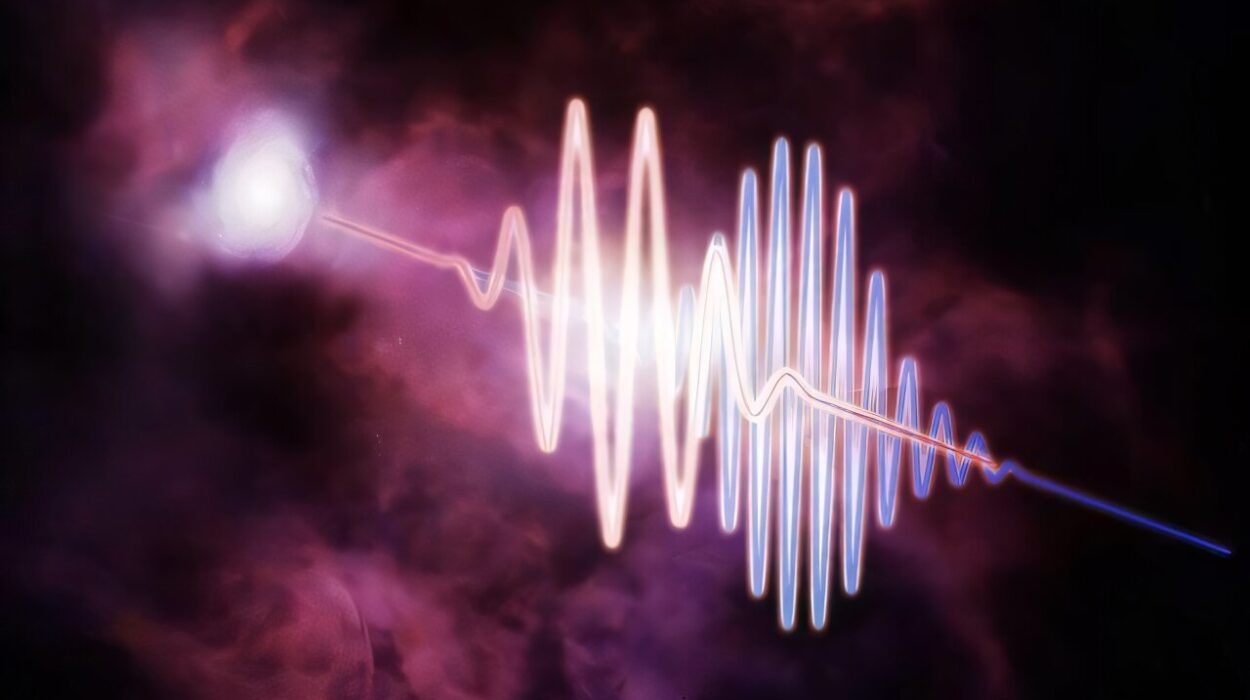In a groundbreaking discovery that reshapes our understanding of the local universe, NASA’s New Horizons spacecraft has accomplished something never done before: it has created the first map of the sky in the mysterious and powerful ultraviolet light known as Lyman-alpha emissions. This achievement opens an entirely new window onto the galactic region that cradles our solar system, revealing fresh insights about the interstellar environment surrounding us.
The results, detailed in a newly published paper titled “The Lyman-alpha Sky as Observed by New Horizons at 57 AU,” led by Dr. Randy Gladstone from the Southwest Research Institute (SwRI), represent a major step forward in our cosmic exploration.
What is Lyman-Alpha Light, and Why Does It Matter?
To grasp the importance of this discovery, we need to understand what Lyman-alpha emissions are. Lyman-alpha refers to a very specific wavelength of ultraviolet light (121.6 nanometers) produced when an electron in a hydrogen atom falls from the second-lowest energy level to the ground state. Hydrogen, being the most abundant element in the universe, floods the cosmos with Lyman-alpha light.
This emission line is astronomers’ key to unlocking hidden stories about the universe. It helps them detect and analyze distant stars, galaxies, and the elusive interstellar medium—the thin soup of gas and dust between stars. Studying Lyman-alpha light can reveal the composition, motion, and temperature of cosmic objects that are otherwise nearly invisible.
However, mapping the Lyman-alpha sky from Earth is nearly impossible. The thick blanket of our planet’s atmosphere absorbs most ultraviolet light, making observations from the ground extremely limited. Even telescopes orbiting Earth struggle because of the Sun’s overwhelming glare. That’s why New Horizons, traveling far beyond the inner solar system, offers a once-in-a-lifetime opportunity.
A Spacecraft Beyond Pluto, A New Set of Eyes on the Universe
Launched in 2006, New Horizons was designed primarily to fly by Pluto, completing that historic mission in 2015 with dazzling success. Yet its story did not end there. As the spacecraft continued its journey into the Kuiper Belt and beyond, it carried on a broader scientific mission, observing the outer reaches of the solar system—and now, the interstellar sky itself.
One of the instruments making these groundbreaking observations is Alice, a sophisticated ultraviolet spectrograph developed by SwRI. In simple terms, a spectrograph acts like a cosmic prism, splitting light into its component colors to reveal what it’s made of. Alice is uniquely tuned to the far-ultraviolet part of the spectrum, allowing it to catch the faint whispers of Lyman-alpha emissions far from the Sun’s blinding influence.
During its cruise through the darkness, Alice began collecting baseline Lyman-alpha data during the approach to Pluto. Afterward, the mission team expanded Alice’s duties. From its vantage point more than 57 astronomical units (AU) from the Sun—one AU is the distance from the Earth to the Sun—New Horizons began scanning the ultraviolet sky like no mission before.
In 2023, it completed an extensive survey covering roughly 83% of the entire celestial sphere, meticulously mapping Lyman-alpha emissions across the galaxy.
Revealing a Surprisingly Bright and Uniform Sky
Interpreting the data wasn’t simple. The biggest challenge was distinguishing between Lyman-alpha photons scattered by the Sun’s light and those genuinely coming from the galaxy beyond. To accomplish this, the New Horizons team developed detailed models of solar scattering and carefully subtracted this contribution from their data, isolating the true galactic signal.
What they found was astonishing. The background Lyman-alpha light was 10 times stronger than scientists had previously predicted based on older estimates.
According to Dr. Randy Gladstone, the study’s lead investigator, this result suggests that our solar system resides within a bubble of hot, sparse interstellar gas, rich in hydrogen atoms that emit and scatter Lyman-alpha light. This bubble likely formed from supernova explosions that occurred several million years ago—immense cosmic detonations that sculpted our local galactic environment.
In other words, New Horizons revealed that we live inside a glowing, hydrogen-rich shell, silently lit at ultraviolet wavelengths invisible to our eyes.
Debunking the Myth of the Hydrogen Wall
Before these observations, many scientists hypothesized that a “hydrogen wall” existed at the edge of the heliosphere—the vast bubble inflated by the solar wind where our Sun’s influence ends, and interstellar space begins. This wall would theoretically be formed as interstellar hydrogen atoms piled up against the outward pressure of the solar wind, potentially creating a strong Lyman-alpha glow.
But the New Horizons data told a different story. Despite the expectations, the team found no significant evidence that such a hydrogen wall contributes meaningfully to the Lyman-alpha signal.
Instead, the dominant source of the ultraviolet glow seems to be the galactic background itself, modulated slightly by the local hot bubble surrounding our solar system.
According to Dr. Alan Stern, New Horizons’ principal investigator and co-author on the study, “These are really landmark observations, in giving the first clear view of the sky surrounding the solar system at these wavelengths, both revealing new characteristics of that sky and refuting older ideas.”
The Bigger Picture: Why It Matters
This new Lyman-alpha map represents far more than just a beautiful cosmic portrait. It fundamentally advances our understanding of the local interstellar medium—the immediate environment that the Sun and planets travel through as they orbit the Milky Way.
Understanding the structure and composition of this region affects many aspects of astrophysics. It helps explain how cosmic rays interact with the solar system, how stellar winds evolve, and even how the Sun’s movement influences Earth’s climate over geological timescales.
Moreover, mapping Lyman-alpha emissions provides a crucial baseline for future interstellar missions. As humanity dreams of sending spacecraft beyond the heliosphere—missions like NASA’s Interstellar Probe concept—this new map will serve as a cosmic road atlas, guiding future explorers as they journey into the stars.
It also underscores the power of small, repurposed spacecraft. New Horizons wasn’t initially built for this job, but with ingenuity and creative thinking, the mission team transformed it into a pioneering observatory, giving us a glimpse of a sky no one had ever seen before.
A New Dawn for Ultraviolet Astronomy
The success of New Horizons’ Lyman-alpha observations hints at an exciting future for ultraviolet astronomy conducted from deep space. Freed from the noisy interference of Earth’s atmosphere and inner solar system light, spacecraft operating at the outer edges of planetary systems can uncover hidden features of the universe invisible to Earth-bound telescopes.
By charting the galaxy’s ultraviolet signature, New Horizons has set the stage for deeper investigations into the processes that shaped the local bubble, the birth and death of nearby stars, and the true architecture of the interstellar medium.
In many ways, this mission is fulfilling the dream that the 20th-century pioneers of space exploration once envisioned: to step beyond our planet and truly begin to explore the universe from outside the confines of Earth.
The Road Ahead: What’s Next for New Horizons
Even as it speeds away from the Sun at over 50,000 kilometers per hour, New Horizons is far from finished. The spacecraft continues to send back invaluable data about the outer solar system and the galactic environment beyond.
The New Horizons team is now planning further ultraviolet sky surveys, looking to refine the Lyman-alpha map and possibly uncover even subtler features of the galactic glow. There is hope that as the spacecraft moves deeper into interstellar space, it might detect variations in the background emission or spot faint traces of interstellar hydrogen flows.
With each passing year, New Horizons travels farther into the cosmic ocean, its radio link to Earth growing fainter. Yet even as it fades, its legacy grows stronger—a tribute to human curiosity, ingenuity, and the insatiable urge to reach out and touch the stars.
Reference: G. Randall Gladstone et al, The Lyα Sky as Observed by New Horizons at 57 au, The Astronomical Journal (2025). DOI: 10.3847/1538-3881/adc000






